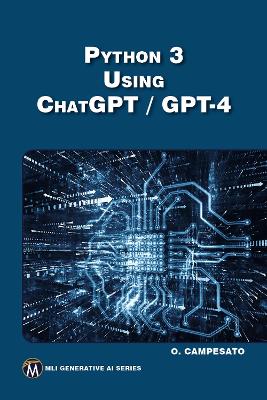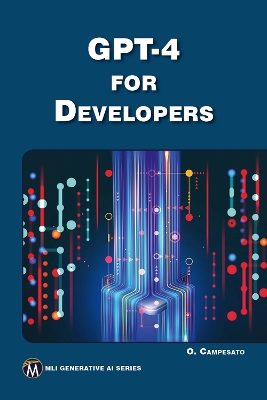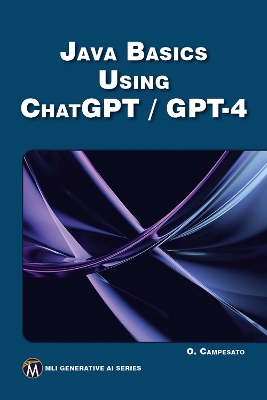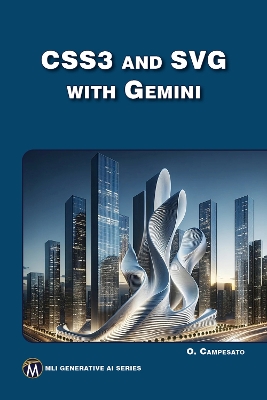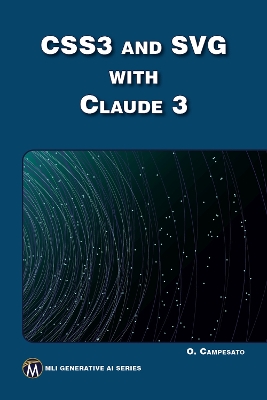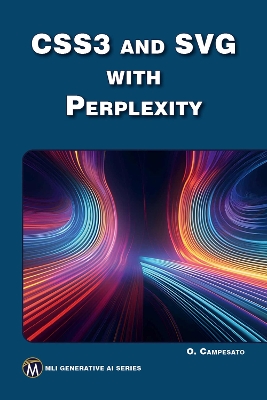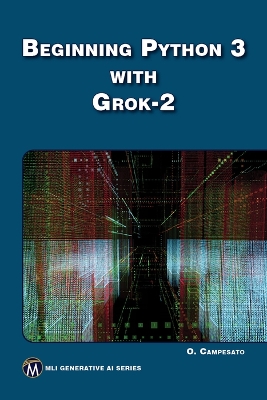MLI Generative AI
14 total works
This book offers a comprehensive guide to leveraging Python-based data visualization techniques with the innovative capabilities of Google Gemini. Tailored for individuals proficient in Python seeking to enhance their visualization skills, it explores essential libraries like Pandas, Matplotlib, and Seaborn, along with insights into the innovative Gemini platform. With a focus on practicality and efficiency, it delivers a rapid yet thorough exploration of data visualization methodologies, supported by Gemini-generated code samples. Companion files with source code and figures are available for downloading.
FEATURES:
- Covers Python-based data visualization libraries and techniques
- Includes practical examples and Gemini-generated code samples for efficient learning
- Integrates Google Gemini for advanced data visualization capabilities
- Sets up a conducive development environment for a seamless coding experience
- Includes companion files for downloading with source code and figures
Features:
- Includes practical tutorials designed to provide hands-on experience, reinforcing learning through practice
- Provides coverage of the latest Python tools using state-of-the-art libraries essential for modern data scientists
- Companion files with source code, datasets, and figures are available for downloading
FEATURES
• Covers Python programming basics and popular libraries like NumPy and Pandas, with a focus on practical applications
• Introduces Generative AI concepts and Grok, showcasing its use in generating Python code
• Includes companion files with code and images -- available from the publisher for downloading (with proof of purchase)


